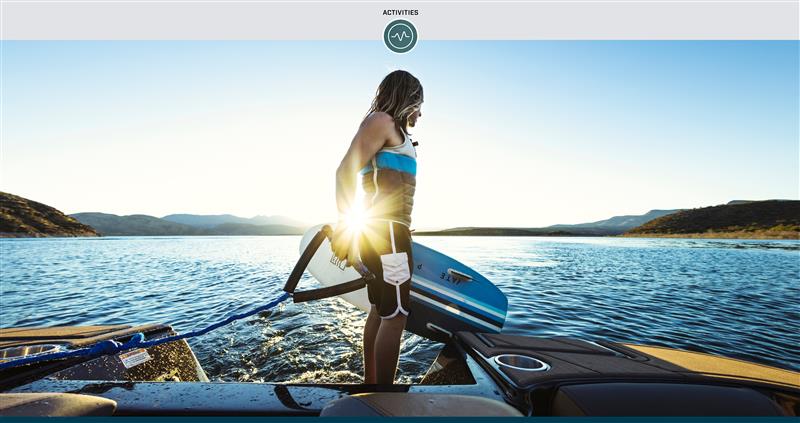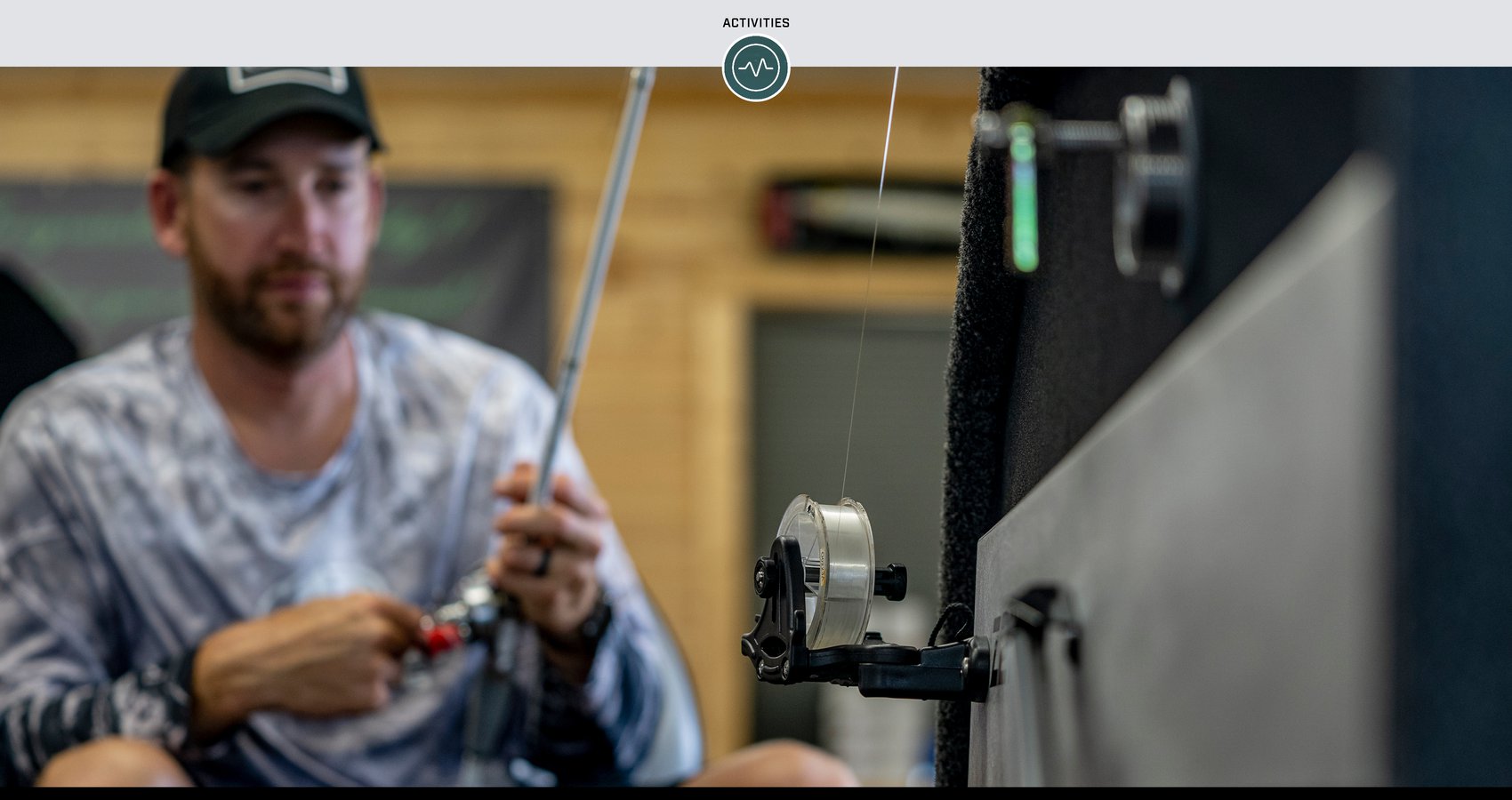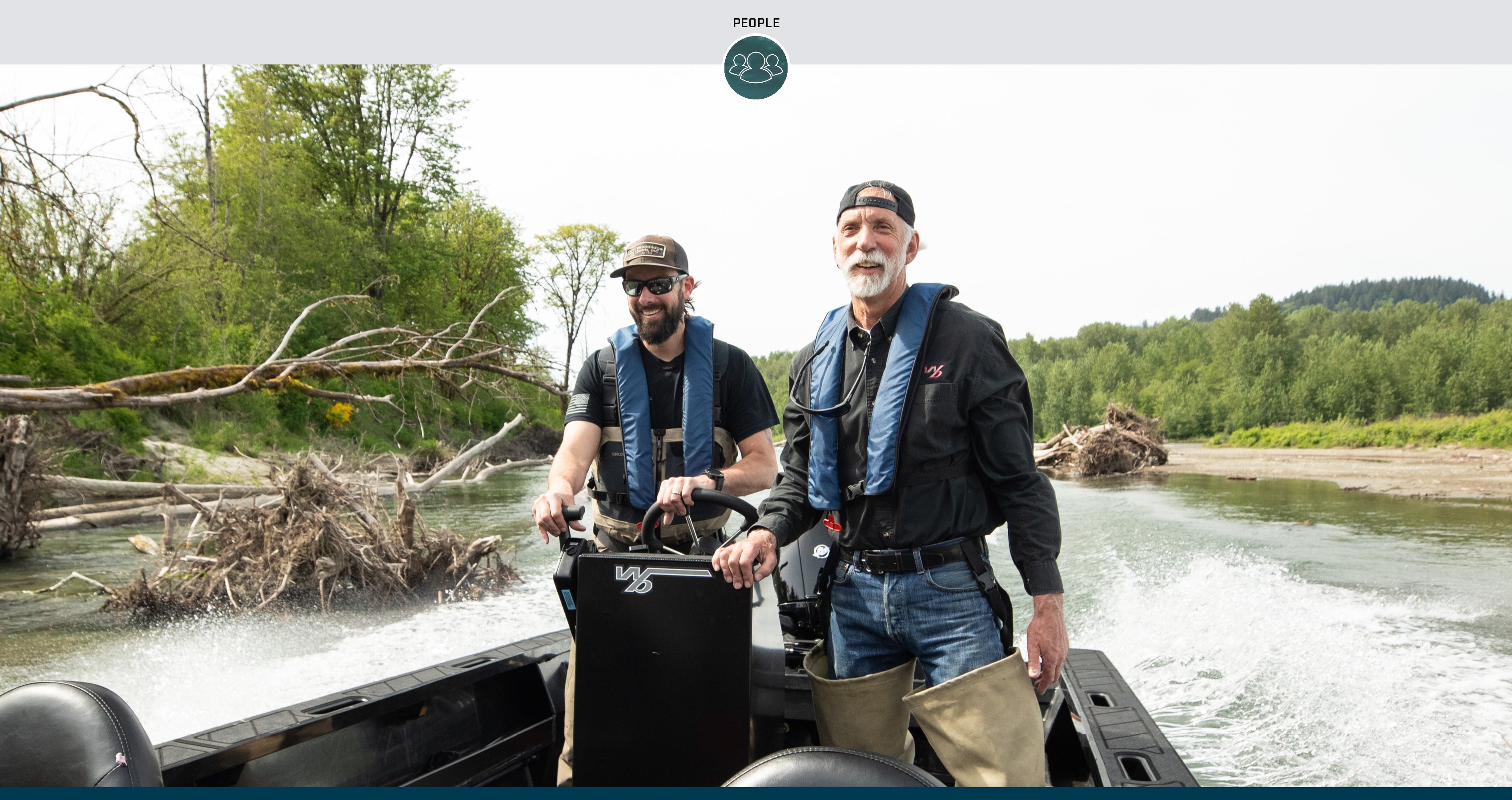Springtime fishing for crappie and other panfish is an annual tradition. As the waters warm and days get longer, crappie get aggressive and transition into shallower areas where anglers can pattern big numbers of fish.
For Mercury Pro Team member and “Lindner’s Angling Edge” co-host Jeremy Smith, who lives in northern Minnesota, spring is also the time to start using one of his favorite and most effective panfish presentations: twitching a micro-sized suspending jerkbait.
Jerkbait fishing is a more aggressive tactic than many crappie anglers are used to. And if that’s you, then you just might be missing out. It’s a fantastic way to capitalize on the predatory nature of crappie – and you’ll catch plenty of bass, bluegills, pike and other species, too. Plus, it’s not just for spring. Smith uses this tactic right through summer.
In the video above, he breaks down everything you need to know to catch crappie and other panfish on small jerkbaits.
The Best Small Jerkbaits for Crappie and Panfish
Crappie and other panfish such as bluegills are aggressive predators, but you need to “match the hatch” when selecting a jerkbait by choosing a lure that’s small enough to match their mouth size and preferred forage.
Smith likes the Rapala X-Rap suspending jerkbait in a size 4 or 6. The No. 4 is 1 1/2 inches long, while the No. 6 is 2 1/2 inches long. He likes the No. 6 early in the year when the water temperature is still in the 40s, and again in summer.
“The size 6 just gets a little bit deeper,” said Smith. “I can get this bait down when I’m working it slow into that 4- to 6-foot range. So if the fish are starting to come in, they’re in that 10- to 12-foot range, I can get a bait that’s halfway down in the water column. This bait definitely does better than the size 4 (in that scenario), which I can only get down into that, say, 3 foot. When the fish come shallower I’m often fishing the smaller bait.”
As for the size of the No. 6, it’s definitely a “mouthful,” but Smith says not to shy away from it. Crappie are absolutely aggressive enough to come after the bigger lure.
Tackle Selection: What Rods, Reels and Line Do I Need?
Fishing a jerkbait for panfish does require specialized tackle to cast and work the small bait. Here are Smith’s recommendations:
Rod – Smith prefers a 6-foot, 10-inch to 7-foot, light-power, extra-fast spinning rod. It should have a soft enough tip section to load up when casting light lures.
Reel – A 1000-size spinning reel is a great choice over the smaller 500 size that many panfish anglers prefer (note that some reel makers use sizes 100 and 50 in place of 1000 and 500).
“The bigger reel is going to give you better line management,” Smith said. “It’s also going to allow for faster line pickup. And fast line pickup is important when you’re fishing a jerkbait because you’re doing that twitch-twitch-pause. And if you had a smaller reel you’d have to crank it a number of times to pick up the slack, as opposed to a bigger reel you can barely turn the handle and you’re tight on the bait.”
Line – For easy handling and long casts, Smith uses high-vis Sufix Revolve braid – 6-pound test for the No. 4 jerkbait and 8-pound test for the No. 6 jerkbait.
Leader – Smith prefers an 8-pound-test leader of low-visibility fluorocarbon. While that’s heavier than what many panfish anglers use, he says the stiffness of the 8-pound-test fluoro helps prevent the lure from “jumping over itself” and fouling during the retrieve.
Hooks – “When I’m doing this, I always take the barbs off (the hooks),” Smith added. “It’s better for the fish, but you’re handling tons of fish all day with treble hooks, and just not having barbs on there is way safer for you as well.”
How to Fish a Jerkbait for Big Crappie
Jerkbaits are great for triggering bites with their snappy, darting action. By changing up the cadence or frequency of your twitches, you can learn a lot about the “mood” of the fish. Sometimes they want it faster. Other times, you’ll need to slow down and let the lure suspend in front of them longer. It’s up to you to experiment.
Regardless of the cadence, the right technique for impacting the action is basically always the same:
- Make a long cast – preferably downwind for extra distance.
- Once the jerkbait lands, crank the reel a few times before starting your twitches. This helps prevent tangling the line on the hooks.
- Keep a little bit of slack in the line when the bait is paused – then snap the rod tip to make the bait dart. Don’t pull the lure; snap the slack line.
- Next, “push” some line back toward the lure on the pause to reintroduce slack. If your line is always tight, the bait won’t work properly. Maintaining some slack between twitches is key to generating an erratic action.
Where to Target Crappie
Where you target crappie depends a lot on where you fish, the season and the conditions. In spring, they’ll follow creek channels or other offshore structure into shallow spawning areas in pockets and bays. Early on, target them on points, drop-offs and mid-depth brush piles. As they progress in shallow, look for stake beds, stumps and docks. Up north, crappie will get in and around weedlines. Use your sonar and cover water until you find schools of fish.
In the summer, crappie often spread out onto deeper brush, deep weedlines, humps or other offshore structure. They’re also notorious for suspending. Using sonar to find them is critical.
Fish Aggressively – and Have Fun!
Smith loves this tactic because it’s highly effective, requires no live bait and is an exciting way to catch fish. He says it’s a tactic you absolutely have to experience.
“It’s just so cool how aggressive they can be,” he said.
For more great content from Jeremy Smith and the Angling Edge team, check out the Lindner Media YouTube channel.


